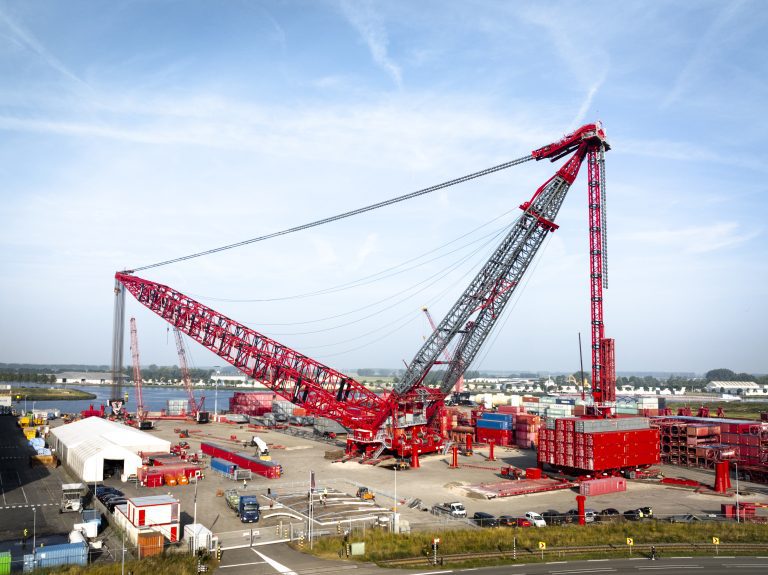Helvar, a leading innovator in intelligent lighting solutions, is excited to announce the official commercial launch of Helvar Senses, an advanced environmental sensing solution integrated into lighting controls. Building on insights gained from pilot projects across various industries, including a successful trial with Rejlers in Sweden, Helvar Senses is now available to the broader market. By incorporating smart environmental sensing into its offering, Helvar’s solutions now offer even more opportunities to optimise building performance, sustainability, and occupant wellbeing. When it comes to enhancing building performance through lighting systems, a crucial element has often been overlooked – the potential to go beyond traditional controls. Lighting systems, which already serve as one of the densest sensor networks within a building, offer a unique opportunity to provide much more than light. With the addition of environmental sensing capabilities – such as monitoring air quality, temperature, humidity, and noise levels – Helvar Senses collects actionable data that can optimise not just lighting but overall building performance. This approach offers a scalable solution that is easier to manage and maintain compared to deploying standalone sensors. By integrating environmental sensing into the existing lighting infrastructure, building operators benefit from a unified system that reduces complexity, lowers operational expenditure (OpEx), and is simpler to maintain over time. By correlating data on occupancy and environmental conditions, building operators can make more informed decisions, leading to significant energy savings and reduced carbon emissions. For instance, integrating HVAC systems with Helvar Senses helps avoid siloed operations and enables better control over energy use by aligning air quality with occupancy patterns. Supporting Sustainability Goals and Building StandardsIn response to increasingly stringent sustainability directives such as the Corporate Sustainability Reporting Directive (CSRD) and evolving building standards like BREEAM, WELL, and LEED, Helvar Senses offers a solution that helps minimise the “performance gap”– the difference between the predicted energy performance of a building and its actual energy usage. By providing real-time data, building operators can adjust systems to ensure that energy consumption is optimised according to real conditions, helping to meet both regulatory requirements and sustainability goals. Helvar Senses allows building operators to monitor key indoor environmental factors and thus better support the wellbeing of occupants. This is particularly relevant as organisations prioritise creating healthier workspaces that promote productivity and comfort. Customer Success with Rejlers The deployment of Helvar Senses in real-world projects has already produced impressive results. One of these projects is with Rejlers, a leading engineering consultancy who chose to expand their system at their HQ Office in Gothenburg, Sweden. The team opted to include Helvar Senses in their lighting renovation and saw immediate benefits. Nicklas Stenberg, project manager and team leader at Rejlers, explained how the solution has improved their indoor environment: “After expanding the entire system with Helvar Senses, we now have an easy way to check temperatures and air quality inside the premises. Previously, if we felt the air was bad, we would complain without any data to back it up. Now, we can monitor the actual conditions and take action accordingly.” Helvar Senses is empowering buildings to achieve greater energy efficiency while improving occupant wellbeing. By leveraging data from lighting sensors, Helvar Senses not only optimises lighting and energy use but also supports a healthier and more comfortable indoor environment. As companies strive to meet sustainability directives such as the CSRD, Helvar Senses offers a smart solution that drives measurable progress toward environmental goals. Building, Design & Construction Magazine | The Choice of Industry Professionals











